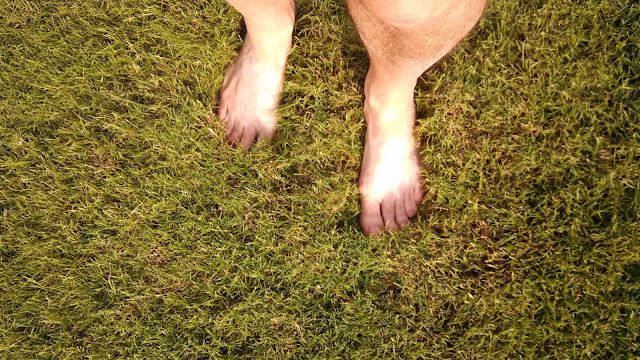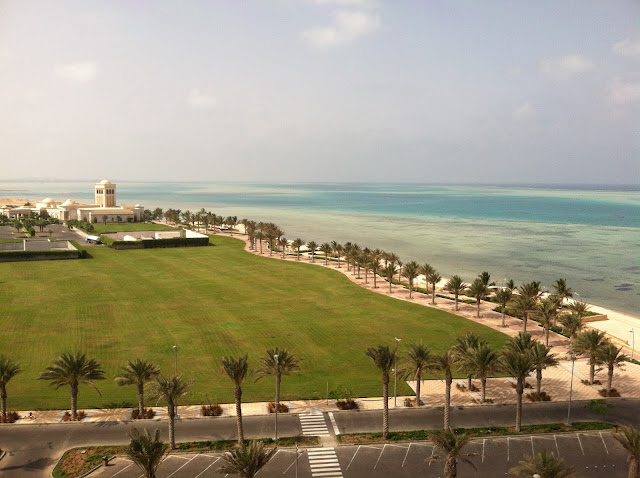Now that I have your attention -- and because I've spent a good bit of time rearranging photos -- I'm going to put in some from this past winter's ski trip to Big Sky.
It's a little different from KAEC.
.....................................................................................................................................................................
It's a little different from KAEC.
.....................................................................................................................................................................
Jimmy D has a buddy who owns a cabin in Spanish Peaks, a real estate development sandwiched between the Big Sky resort and the Yellowstone Club. He rents it, along with a Chevy Suburban that you drive for five minutes along a private, dirt road through the woods to a private parking area at the bottom of Big Sky's Southern Comfort lift. Almost like ski-in, ski-out. Five bedrooms, professionally decorated, with a Viking/Sub Zero kitchen and a hot tub.
We got the hookup of the decade. Judge for yourselves.
 |
| The horsehide chair was the bomb! |
 |
| Covered hot tub, looking over the (first? fourth?) fairway when the golf course is visible. |
 |
| My private porch on the side of the house, looking at our next-door neighbor. |
 |
| Waiting in Rice Bowl's powder looking at Jimmy D's snowboard track. |
 |
| Scoping the rest of the line on a run accessed from the Dakota lift. |
Jimmy D and I ski pretty hard, (he snowboards) and there's little that we won't attempt. Parts of Big Sky, however, gave us pause. Our host arrived for the last three days, and told us we could indeed ride the tram to the top of Lone Mountain and descend without serious risk.
He was right, of course, and his local knowledge put us on a very steep but clear slope, with good snow. And the memory of riding the tram will stick with me for a very long time.
For the last 30 seconds of the ride, the tram is within -- it seems like -- 6 inches of the mountain face. You can't see anything except bare rock and icicles, and it's so close you could touch it out the window. Makes you think a little about the consequences of what you're about to undertake.
 |
| Lots of slope, and very little of it difficult. |
| Top O' the Tram. Buzz on my helmet. |
The top was very windy, something I believe is common for the summit of ski mountains, and I wasn't sure if the chill up my spine was created only by the wind. Our host tip-toed us to the backside precipice, and suggested we could make a run that way. "Not without a parachute," I replied.
"OK," he shouted against the wind. Without hesitation, he turned to the front side of the mountain, pushed hard with his poles, and went flying off the little shelf that was supporting us. I looked at Jim, who hesitated for just a moment, then burst into his fabulous laugh -- a mixture of equal parts cackle and guffaw -- and hucked himself off, too. What was I to do, except the same?
(It looked a lot scarier than it really was.)
(It looked a lot scarier than it really was.)
On a different day, the two of us found Buffalo Jump, which I SWEAR did not exist the last time I visited. Maybe they've just thinned out the trees a whole lot. Once you get out of the trees, it's pretty tame.
Altitude makes me breathe heavy, and I had just
finished coming down the same run.
Back to our first day.
I had rented the car, and we'd agreed to save money by not signing on Jim as an extra driver. We're cheapskates. We found our way to the cabin, and decided to drive up the road to the ski lift. All was fine until we came to a protracted incline, and the rental just couldn't do it. Our forward momentum slowed, slowed a little more, and stopped. Our backward momentum started, then picked up a little, and, WHOOMP, the back end hit the snowplow bank, and WHOOMP, the front end slid around until it, too was buried in the opposite snowplow bank. (The bank is usually soft and doesn't damage anything. Thank goodness.)
 |
| Looking good, Chrysler! |
I've been in this situation before, in Idaho, and it wasn't my driving those times. How do you get out? Shovel a little so the back end is no longer buried, situate yourself well, and simply push the back end into the middle of the road. The car's on ice and snow, so the back end slides around pretty easily. When the back end gets clear, the car slides downhill until it either hits the snowbank again, or comes to a stop in the middle of the road. Shovel and repeat until the car is free.
Then BACK UP CAREFULLY until you can turn around.
Which is precisely what we did. We drove back to the cabin, got the Suburban, drove effortlessly to the private parking lot, and went skiing.
It's cold in Montana, but they make their own whiskey to help you stay warm.
 |
| Almost 7 am and chilly outdoors. A great day to ski! |
 |
| It was rather good. |











































